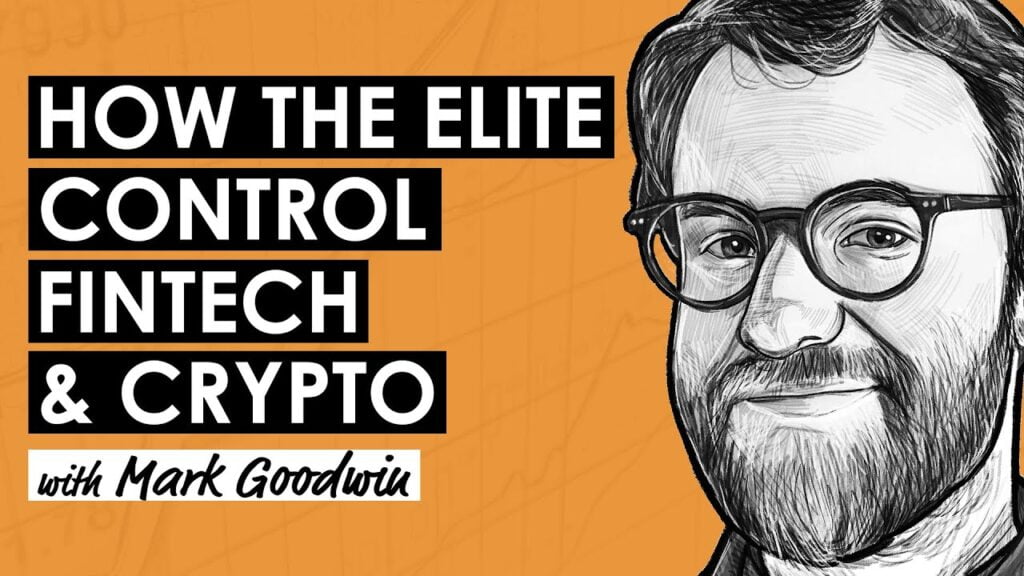Research Summary
The report discusses the growth and impact of Ordinals, a type of Non-Fungible Token (NFT) on the Bitcoin network. It highlights the significant trading volumes, the development of infrastructure, and the innovative techniques like recursion and reinscription that are transforming the NFT landscape. The report also discusses the challenges posed by Ordinals, such as increased transaction fees and a backlog of transactions.
Key Takeaways
Significant Growth of Ordinals on Bitcoin
- Popularity of Ordinals: In the first 200 days since the first inscription on Bitcoin, over 1.14 million image-based inscriptions were created, surpassing the total number of NFTs minted on Ethereum, Solana, and Polygon in the same period.
- Trading Volume: From January 1 to September 1, the total cumulative trade volume for Ordinals on Bitcoin was $528 million, making Bitcoin the third most popular network for NFTs by trade volume.
- Infrastructure Development: Since the release of the Ord Client in January 2023, there has been significant growth and key infrastructure development in the Ordinals ecosystem, with over 33 million total inscriptions.
Impact of Ordinals on Bitcoin Network
- Transaction Backlog: Ordinals activity has led to the longest period of uncleared pending transactions for Bitcoin since 2021.
- Transaction Fees: Users of Bitcoin are often overpaying for blockspace, whether for Ordinals or regular transactions. The two primary factors that lead to fee rate increases on Bitcoin are temporal disparities in blockspace consumption and involuntary overpayment through misestimation of fee rates.
- Overpayment Analysis: The report quantifies “overpayment” activity on-chain between Ordinals and non-Ordinals users on Bitcoin. “Overpayment” is defined as the amount of fees above the median sats/vByte of the same block.
Innovations in Ordinals
- Recursion: Recursion is a technique that enables inscribers to build Ordinals that go beyond the 4MB block size limit and create high-resolution artworks at a fraction of the cost.
- Reinscription: Reinscription allows users to inscribe multiple pieces of data onto the same satoshi, creating larger and more intricate digital artifacts. It offers version control, reduces the risk of fungibility concerns, and provides new metas and storytelling opportunities.
- Parent-Child Inscriptions: Parent-child inscriptions strengthen provenance guarantees for inscriptions on Bitcoin, creating a tree of lineage for artwork ownership history.
Marketplaces and Wallets for Ordinals
- Dominant Marketplaces: The most dominant marketplaces for Ordinals trading activity by daily volume are Magic Eden, Unisat, and OKX, with market shares of 20%, 34%, and 44% respectively.
- Wallet Options: Dominant wallet options for image-based inscriptions include Xverse, Hiro Wallet, and Unisat Wallet, with Xverse also offering a mobile app solution.
Future of Ordinals
- Adoption Growth: Bitcoin’s minting activity for Ordinals in the first 200 days is significant but lower than other general-purpose blockchains, indicating room for adoption growth.
- Emerging Players: Marketplaces such as Magic Eden, Ordinals Wallet, Gamma, and Binance are emerging as competitive players in the Ordinals trading space.
- Permanence: The sustained growth and adoption of Ordinals substantiate its permanence in the on-chain digital collectibles realm.
Actionable Insights
- Investigate the Potential of Ordinals: Given the significant growth and trading volumes of Ordinals on Bitcoin, there is potential for further exploration and investment in this space.
- Consider the Impact of Ordinals on Bitcoin Network: The impact of Ordinals on the Bitcoin network, such as increased transaction fees and a backlog of transactions, should be taken into account when considering strategies for Bitcoin usage and investment.
- Explore Innovations in Ordinals: The innovative techniques like recursion and reinscription used in Ordinals offer new opportunities for NFT creators and should be explored further.












